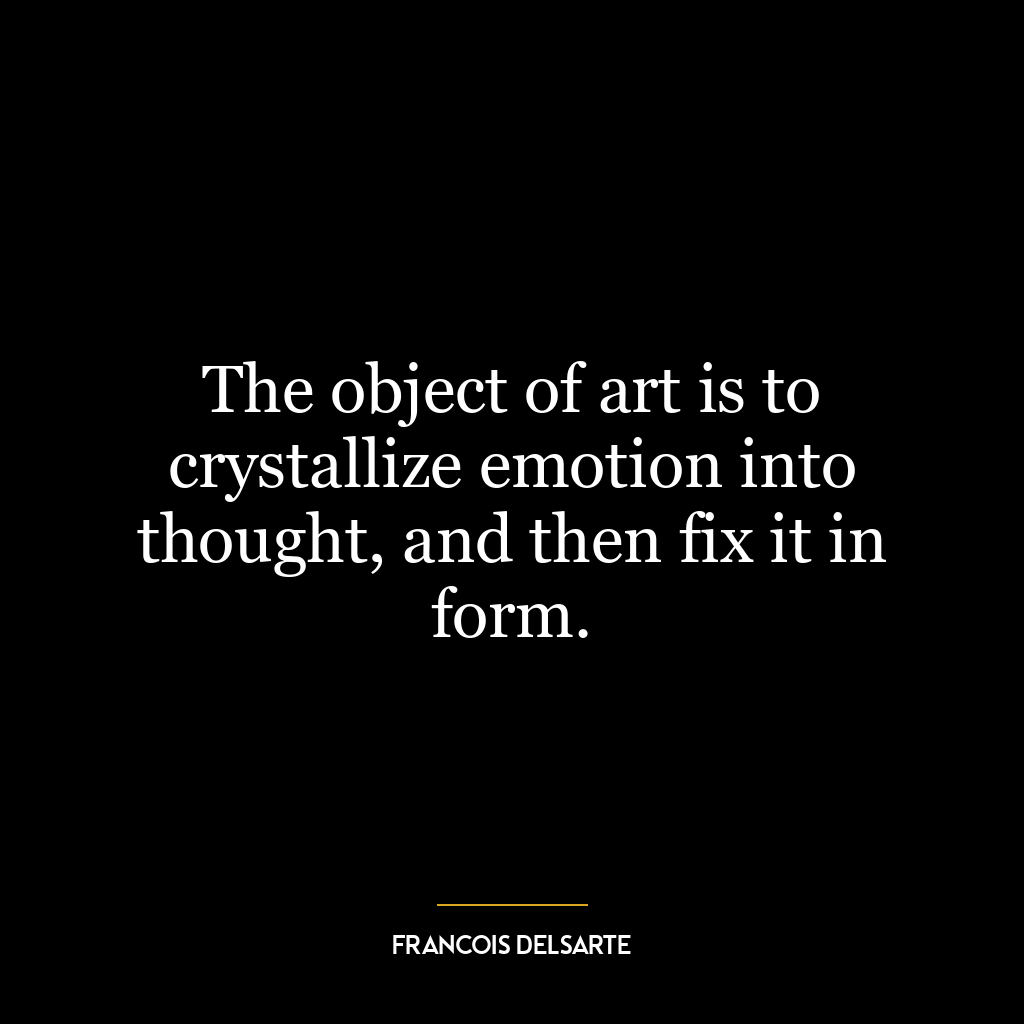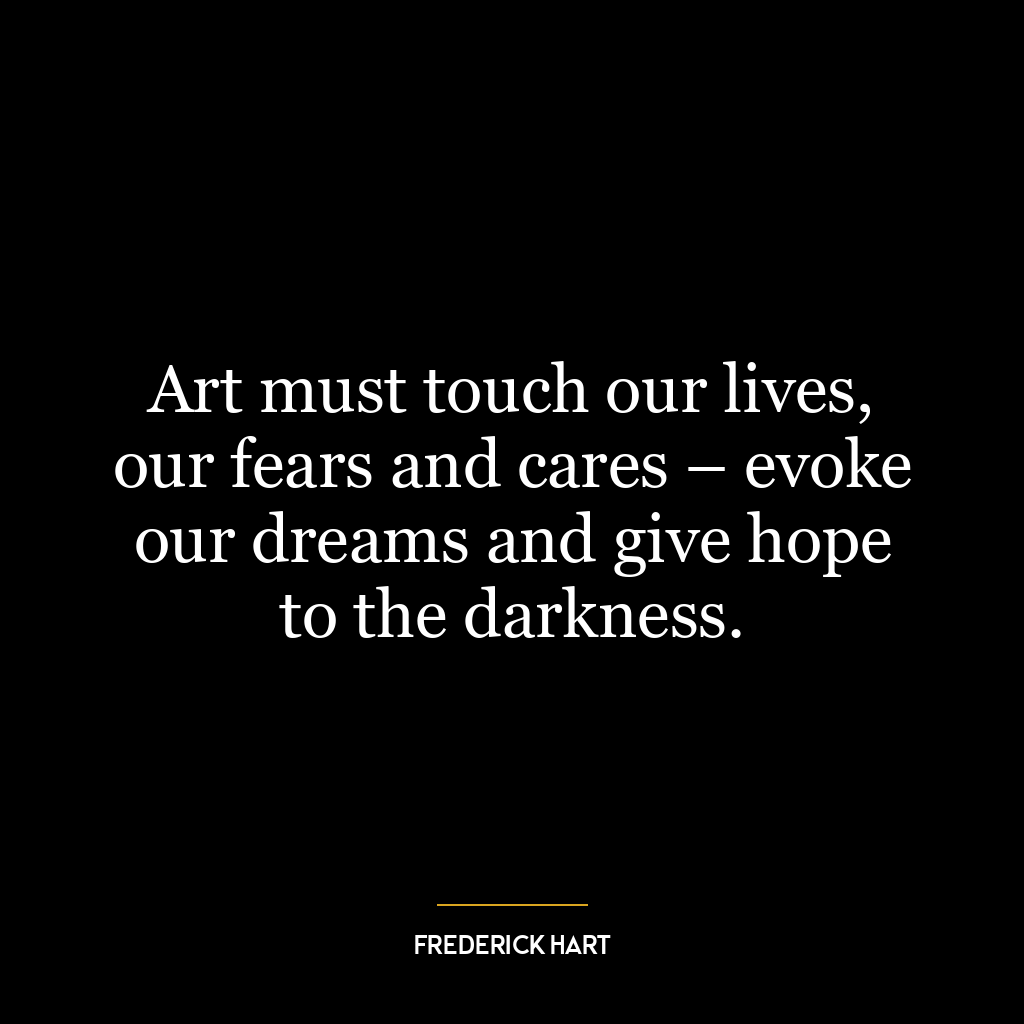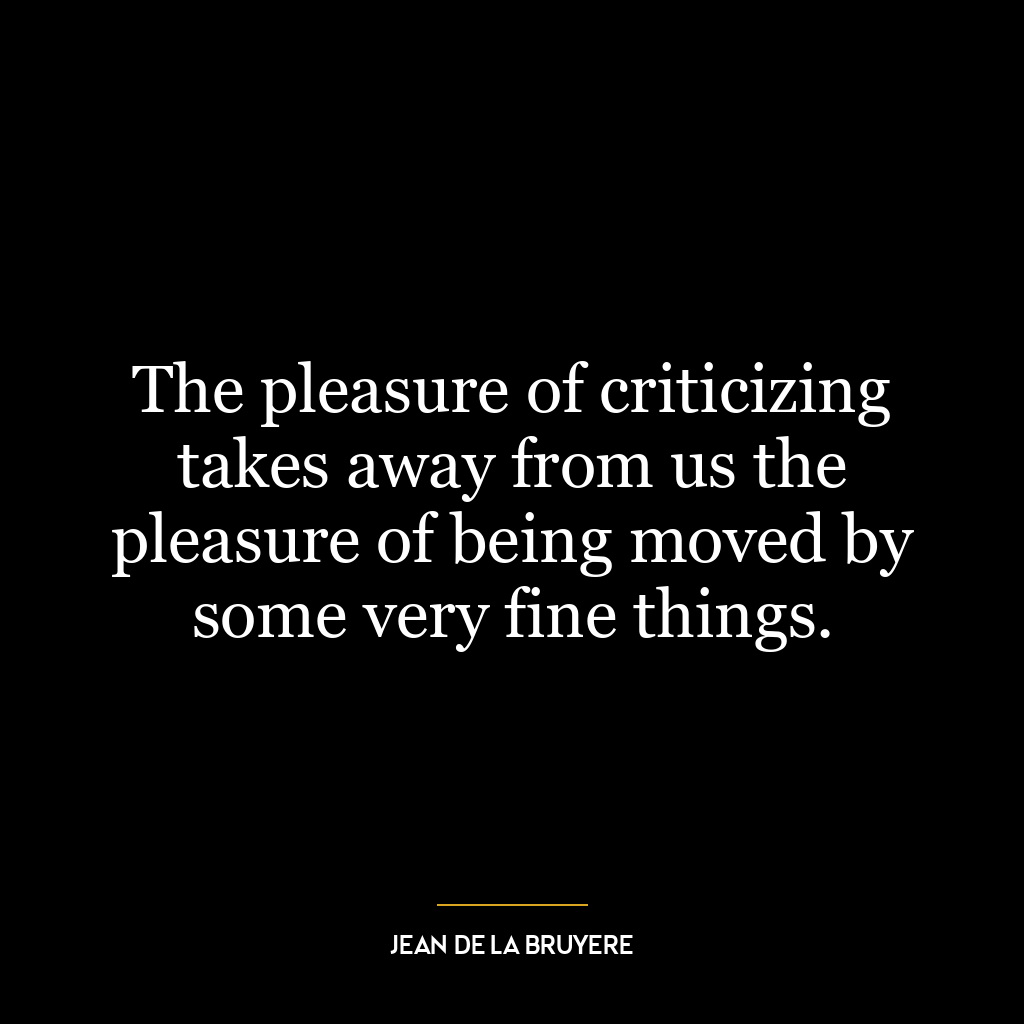What need is there to weep over parts of life? The whole of it calls for tears.
This quote suggests that life, in its entirety, is filled with challenges, hardships, and disappointments, not just certain parts of it. It emphasizes the inevitability of suffering in life and the futility of crying over individual difficulties. Instead, it proposes that our tears should be for life as a whole, recognizing it as a continuous journey of trials and tribulations.
The quote implies a certain acceptance of life’s inherent difficulties. By understanding that life, in its entirety, is a process filled with obstacles, we can better prepare ourselves emotionally and mentally. This acceptance is not about adopting a pessimistic attitude, but rather about developing resilience and fortitude in the face of adversity. It’s about recognizing that life’s challenges are not isolated incidents but part of a broader human experience.
Applying this idea to today’s world and personal development, it can be a powerful tool in cultivating resilience and mental toughness. In an era where we are often encouraged to strive for constant happiness and perfection, this quote serves as a reminder that life is not always smooth sailing, and that’s okay. It’s about embracing the whole spectrum of human emotions and experiences, not just the positive ones.
This perspective can help us to better manage our expectations and reactions to life’s difficulties. It encourages us to view challenges not as isolated incidents that warrant despair, but as integral parts of life that can foster growth and development. It reminds us that it’s okay to feel sad or overwhelmed, and that these feelings don’t signify failure, but are simply part of the human experience. In personal development, this understanding can lead to greater emotional intelligence, resilience, and a more balanced, realistic outlook on life.















